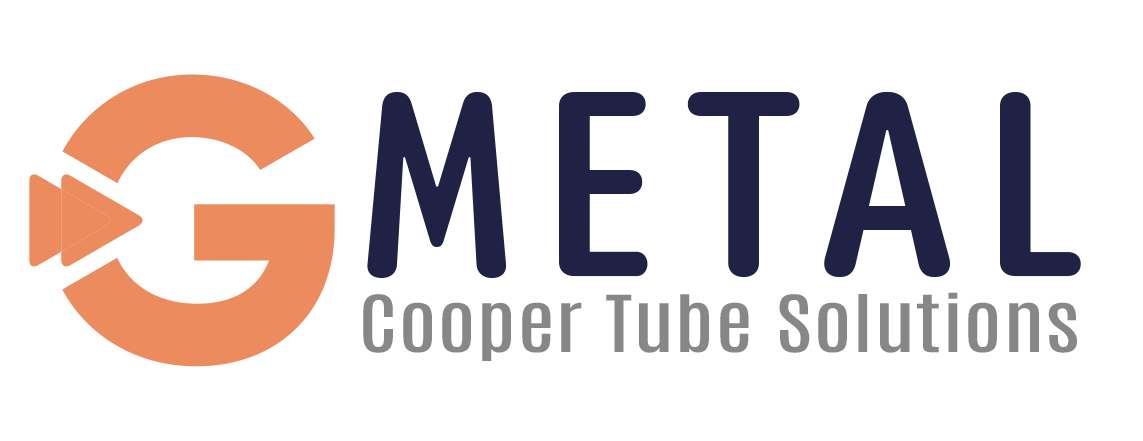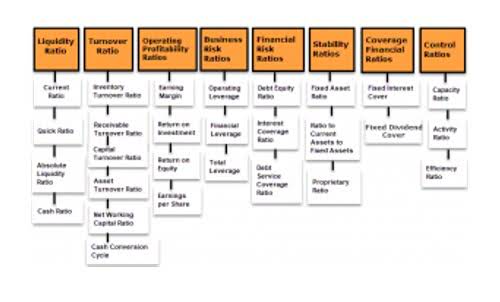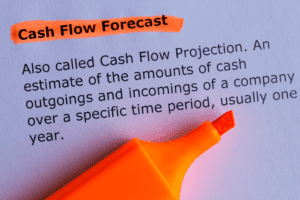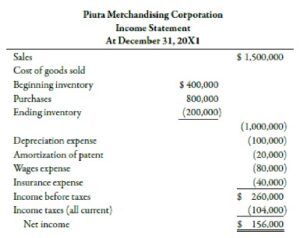
Since several companies are transitioning to a more hybrid or remote work model, outsourced accountants are much needed in smaller businesses and organizations. What exactly are the kind of organizations that benefit from outsourced accounting? AP automation software reports any exceptions immediately, as they happen in real-time. The system can also be set up to route specific issues to certain parties, which helps to resolve problems even faster. Ineffective AP processes could compromise a company’s reputation and supply chain. If the third-party AP provider you hire is making late payments, the behavior reflects poorly on your brand—and no one else.
Which types of outsourced accounting services are available?
Bookkeeper360 offers a pay-as-you-go plan that costs $125 per hour of on-demand bookkeeping support. It’s an ideal plan for businesses that need minimal monthly support, though if you want more than two hours of help a month, you’ll save more money simply going with a service like inDinero or Bench.co. But by considering factors such as cost, scalability, and the level of control desired, you can make an informed decision about the best approach for your business. Businesses should establish clear communication channels and expectations with their outsourcing provider from the outset to address communication challenges. This may include regular progress updates, meetings, and clearly defined points of contact to ensure that any issues or concerns are promptly addressed and resolved.
Saves money and time
QX Accountng Services is a pioneer in bringing a selection of accounting outsourcing services for your accounting firm’s laborious accounting functions. Our team of qualified accountants and CAs offer bespoke solutions to your resourcing, platform, and process needs. Outsourcing your accounting firm’s requirements to QXAS enhances operational efficiency and strategic focus, empowering you to excel in client service and business growth. Accounts Payable Outsourcing involves handing over AP tasks to an external service provider.
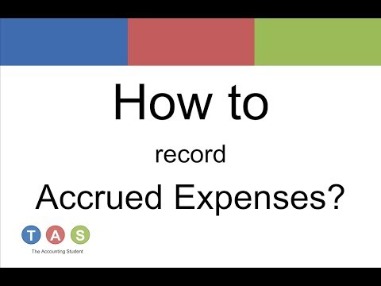
Invoice receipt and processing
As your business grows or undergoes changes, your accounts payable outsourcing needs may evolve. Choose a provider that can offer scalable solutions and adapt to your changing requirements. Inquire about their ability to handle fluctuations in workload, accommodate process changes, qbo instant deposit and provide additional services as needed. By outsourcing to third-party account payable services, the best financial document management companies handle your AP functions. It also frees up your in-house AP departments to focus on higher-level tasks and core business processes.
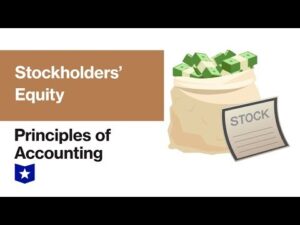
- By partnering with a reputable outsourcing provider, companies can unlock cost savings, enhanced accuracy and efficiency, and access to expert knowledge and advanced technologies.
- Outsourcing providers have an adequate workforce (and backup teams) to step in and manage your AP processes.
- It encompasses the processes and procedures involved in tracking, verifying, and paying invoices and bills owed to suppliers, vendors, and other creditors.
- If you are seeking a payable solution that doesn’t interrupt service, AP automation software will ensure vendors always get paid on time, without exposing your financial data to another company.
Here at Infinite Accounting, we have helped numerous businesses and organizations with their accounting needs. Our team has deep-rooted experience and can help your company or organization to retain compliance and financial structure while you focus on growth and development. By outsourcing accounts receivable, businesses gain the freedom to focus on critical tasks that drive growth.
Disadvantages of Working With An Outsourced Controller
By partnering with an outsourced accounting services firm, business owners can free up the time they would have spent managing their accounting department to focus on running their business. There are a number of benefits that businesses the ultimate guide to crowdfunding for nonprofits can realize from partnering with an outsourced accounting services firm. As the demand for accounts payable outsourcing services continues to grow, so does the number of providers, making narrowing down your choices challenging.
Set up check-ins with your provider every once in a while to discuss the partnership and convey expectations. Almost all companies must pay taxes on their income, regardless of where they are headquartered. But preparing taxes and complying with regulations can be tricky, especially if your business has a complex corporate structure. Payroll management is all about making sure your employees are paid accurately and on time for their work.
Furthermore, onboarding new technology, although necessary, comes with a hefty price tag. Many accounts payable departments are still dependent upon costly and sluggish legacy systems like optical character recognition (OCR). Retraining their workforces and overhauling their internal processes is a costly and burdensome prospect, so it gets put off. One of the best advantages of working with an outsourced accounting team is that you’ll get access to the most up-to-date accounting software. As your company faces a high level of regulation, you can sit back and let your outsourced accounting professionals adhere to compliance requirements with the various regulatory bodies. Companies outsource to achieve cost savings and focus on core business functions.
We handle the accounting functions for your clients by becoming an extension of your team. We have comprehensive expertise in US accounting and can serve all your accounting needs right from the basic to the more complex. One of the very few accounting outsourcing organizations that are SOC2 Type 2 Compliant, QX Accounting Services meets all the data protection and privacy regulations underlined by AICPA.
Additionally, when you outsource bookkeeping, you lose the ability to walk over to your bookkeeper’s desk and ask them a quick question. However, provided your outsourced bookkeeping partner embraces cloud-based accounting software, you’ll have access to your books 24/7. With outsourced accounting services, you are taking actionable steps to scale your firm and increase the scope of services. Outsourced accounting and bookkeeping services are not just a cost-saving decision. Outsourcing will quickly help you address your talent shortage, which not only helps you scale but increases the scope of your firm.
AP outsourcing usually involves several changes to your accounts payable processes. When you hire new employees, you don’t just hire anyone — you consider their skillsets to determine if they’d be a good fit for your company. Similarly, you need to make sure that you pick the best outsourcing provider. Companies who choose our firm rely on competent advice and fast, accurate personnel. We provide total financial services to individuals, large and small businesses and other agencies. Outsourced accounting service costs vary based on the scope of the services needed and the size of the business.
Outsourcing accounts payable processes can also give businesses enhanced visibility and control over financial transactions. Organizations can access advanced technology and tools designed to provide real-time insights into their accounts payable operations by working with a specialized provider. Accounts payable (AP) outsourcing is entrusting your organization’s accounts payable processes to a third-party company specializing in managing accounts payable. This can range from invoice receipt and processing to vendor management and payment processing.
Reduce costs, manage taxes, administer benefits, and stay globally compliant when you consolidate payroll with Remote. At some point, you may find it more beneficial to move some or all of your accounting processes in-house. But the majority of companies just want to meet their obligations with minimal fuss, and entrust the heavy lifting to trained experts. If you’re communicating clearly with a trustworthy partner, this doesn’t need to be a negative. Also, take all relevant steps to protect sensitive financial and employee information during data transfers.
Our skilled professionals specialize in ecommerce, professional services, software and tech-based businesses. We grasp these industries’ unique financial needs and intricacies, along with the necessary tools for success. Accounting outsourcing at QX is a blend of personalized service, professional expertise, and technological proficiency aimed at enhancing efficiency and scalability for CPAs and accounting firms. You are the best judge of whether this is the right decision for you, but we say it is. Outsourced accounting services bring a lot of cost efficiencies to the table, will improve business profitability, and free up a lot of time invested in other revenue-generating activities.
From optimizing cash flow and reducing administrative burdens to accessing expert insights and advanced technologies, the benefits are multifaceted. At LBMC, we’re proud to provide outsourced bookkeeping, controller, and CFO services to businesses in Tennessee, Kentucky, Indiana and beyond. Our team has experience across a wide variety of industries, from well-established construction and real estate businesses to new companies in emerging markets including the brewery and hemp industries. Today, many outsourced accounting providers are purpose-built for the needs of private businesses, from closely-held family businesses to well-established mid-market firms.
Ask potential providers about their data privacy and security policies and any certifications or audits they may have undergone to demonstrate their commitment to safeguarding your financial information. By selecting a reliable provider and implementing additional security measures, businesses can reduce the likelihood of data breaches and financial losses. To gather insights on these factors, it’s advisable to engage in in-depth discussions with potential providers, request detailed proposals, and conduct thorough due diligence. This may include site visits, reference checks, and comprehensive reviews of their processes, systems, and personnel. To streamline your AP processes, your data submission systems will need to be updated. Ensure your employees are up to date with these to avoid errors or duplication.
Other companies prefer to adopt new technology and processes in-house rather than hand control of their operations to another organization. Before your business decides to use a third-party accounts payable outsourcing provider, compare the potential savings and increased privacy of AP automation software today. If your outsourcing provider charges by invoice, take extra caution to avoid duplicate submissions. Many outsourcing providers don’t have the tools to tell how or when duplicated submissions occur. All vendors and AP employees must be on board with submission systems to avoid problems.
Outsourcing vendor management tasks can ensure that vendor relationships are well-maintained. Leveraging data-driven insights and analytics can help identify areas for improvement and inform decision-making. For example, suppose data analysis reveals bottlenecks or inefficiencies in specific stages power and utility entities revenue recognition task force of the AP process. In that case, the outsourcing provider should work closely with the client to develop and implement solutions to streamline those areas. Ensuring compliance with relevant regulations and industry standards is a critical aspect of successful accounts payable outsourcing.

